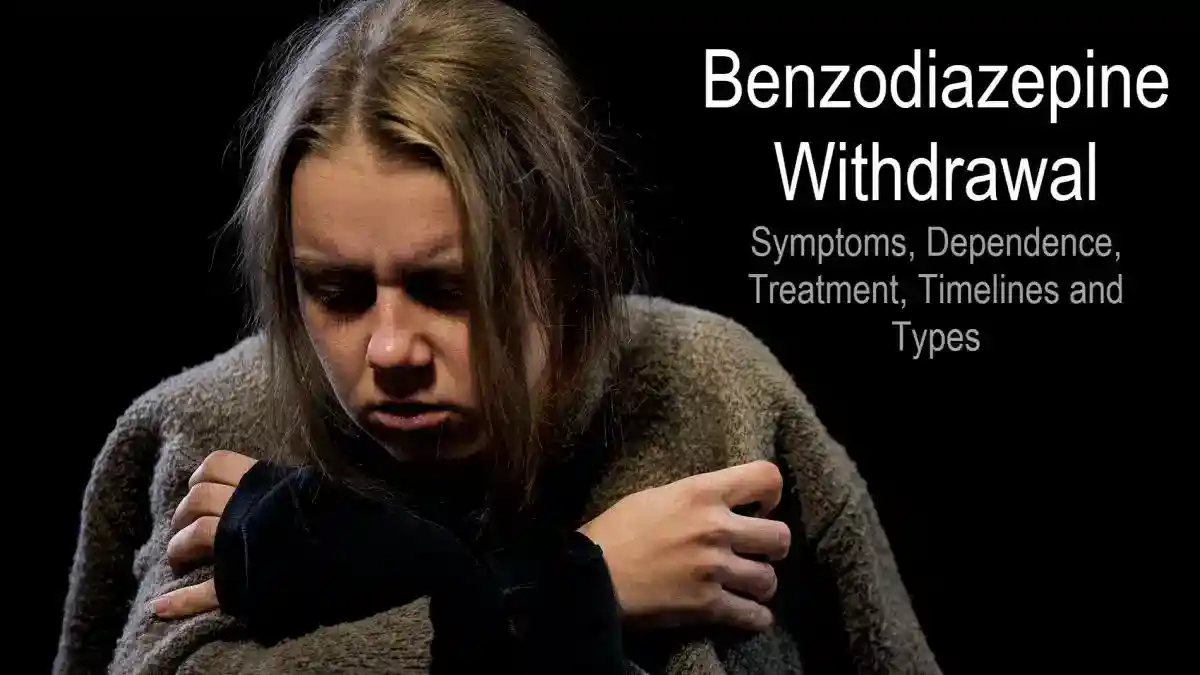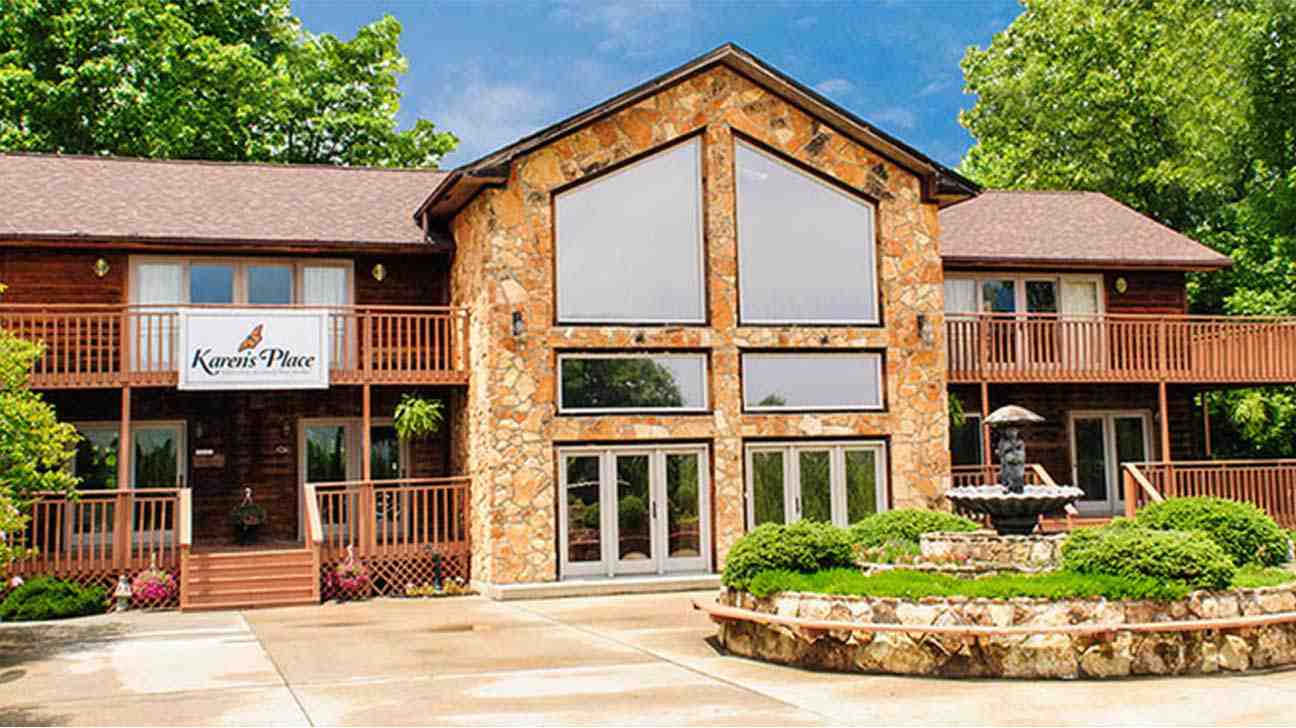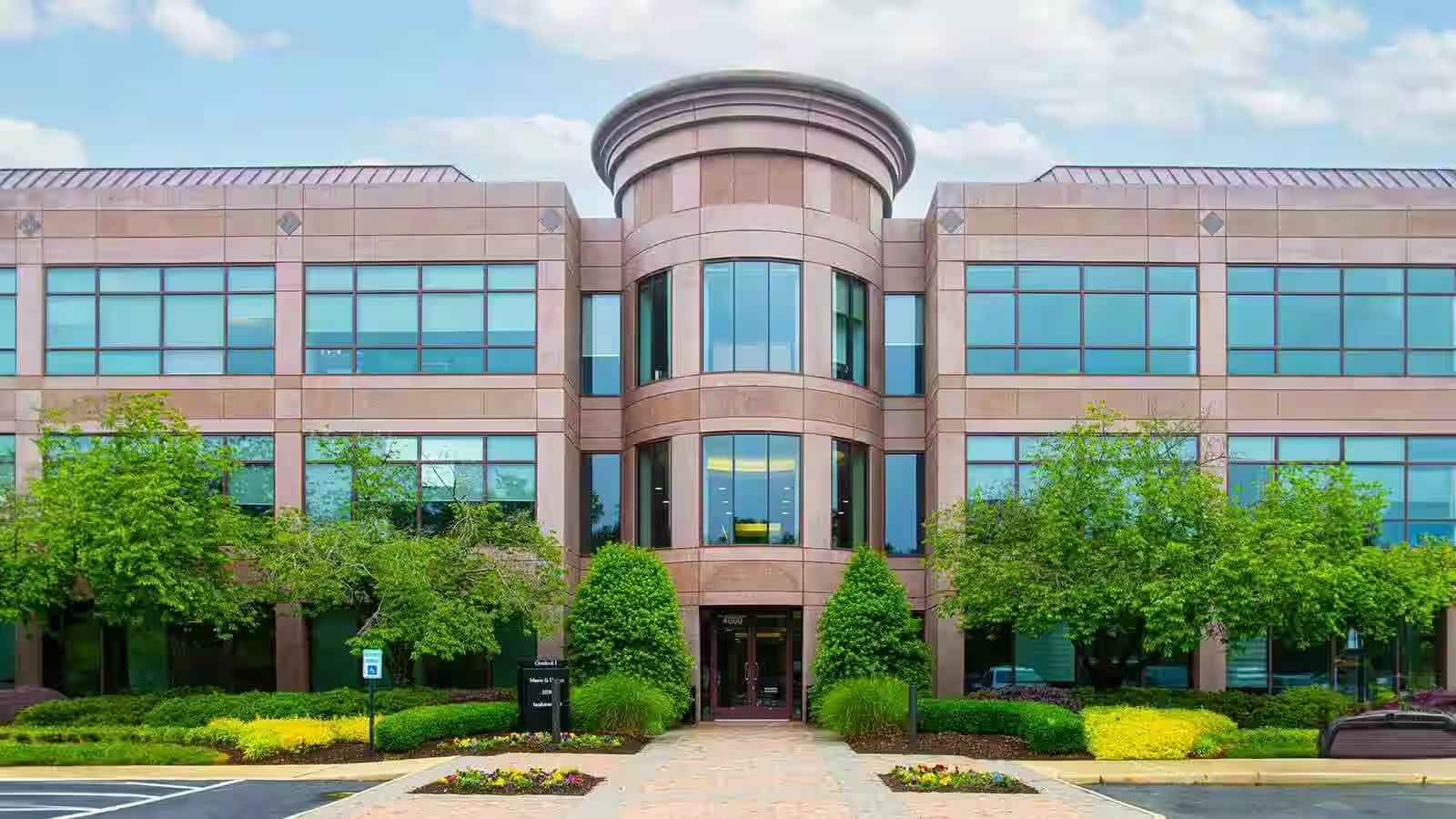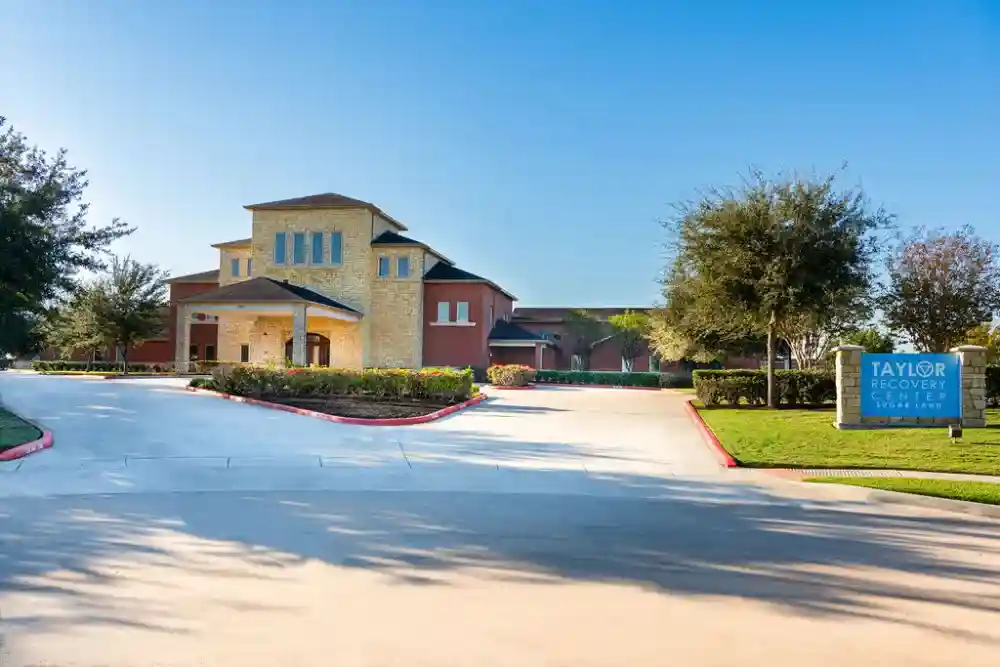
Why Addiction Affects the Whole Family, Not Just One Person
When a loved one struggles with substance use, it doesn’t just hurt them—it hurts everyone around them. Addiction is a family disease, creating ripples that touch parents, partners, and children in profound ways. The constant worry, broken promises, and late-night arguments can make you feel lost, but there is hope for healing.
Addiction family therapy is a specialized form of counseling that treats substance use disorders by involving the entire family in the healing process. Unlike individual counseling, it recognizes that families are systems; when one part is struggling, the whole system needs support.
This approach helps everyone understand their role in recovery and learn healthier ways to relate. Key goals include:
- Addressing how addiction impacts all family members
- Improving communication and setting healthy boundaries
- Changing harmful relational patterns
- Understanding addiction as a disease that affects relationships
- Reducing relapse rates and improving long-term outcomes
At Addiction Helpline America, we connect families with therapists who specialize in Addiction family therapy. We know recovery is about rebuilding trust and connection across the entire family. Understanding how addiction affects your family is the first step toward healing together.

The Ripple Effect: Why Family Involvement is Crucial for Recovery
When addiction enters a home, it spreads outward, touching everyone. At Addiction Helpline America, we hear daily from families buckling under the emotional and financial strain. Chronic stress, anxiety, and depression become constant companions. Trust erodes with each broken promise, and savings accounts drain to cover the costs of addiction, from legal fees to lost wages.
Children bear a particularly heavy burden. They may feel confused, scared, or guilty, internalizing the chaos around them. According to the National Library of Medicine, children of parents with a substance use disorder face higher risks for their own future substance use and mental health struggles.
In an attempt to cope, families often develop patterns that inadvertently sustain the addiction. Codependency emerges as family members lose their own identities while focusing on the person with the addiction. Enabling behaviors—like making excuses or covering up consequences—come from a place of love but ultimately protect the addiction, not the person. This is why family involvement is essential for lasting recovery. A supportive home environment, where family members learn healthy boundaries and communication, is the foundation where recovery can grow.
The Family in Crisis: Common Roles and Dynamics
In response to the chaos of addiction, family members often unconsciously adopt survival roles. Recognizing these roles is the first step toward changing them.
- The Enabler: Protects the person with the addiction from consequences, often by making excuses or handling their responsibilities.
- The Hero: Overachieves to bring a sense of pride and stability to the family, hiding their own stress and anxiety.
- The Scapegoat: Acts out and gets into trouble, diverting attention from the addiction.
- The Lost Child: Becomes quiet and withdrawn to avoid conflict, often feeling invisible and lonely.
- The Mascot: Uses humor to defuse tension and distract from the family’s pain.

Addiction family therapy helps families identify these patterns without blame, opening the door to building healthier dynamics.
The Science of Support: How Family Helps Heal
The power of family involvement is backed by science. However, not all support is helpful. Positive support involves setting firm boundaries, encouraging recovery efforts, and participating in therapy. Negative support includes enabling, criticism, and blame, which can hinder progress.
When families practice positive support, outcomes improve dramatically. Research from SAMHSA shows that family-based treatments lead to reduced substance use and higher engagement in recovery programs.
Family therapy helps build “recovery capital”—the personal and social resources needed to sustain recovery. A supportive family is a powerful source of this capital, providing emotional stability and a sense of belonging. It also builds resilience in every family member, teaching coping skills to steer challenges. When the whole family system changes together, long-term abstinence becomes more achievable, and the ripples of change spread healing instead of harm.
What is Addiction Family Therapy and How Does It Work?
Addiction family therapy is a therapeutic approach that views the family as an interconnected system, not just a collection of individuals. The entire family becomes the “client.”
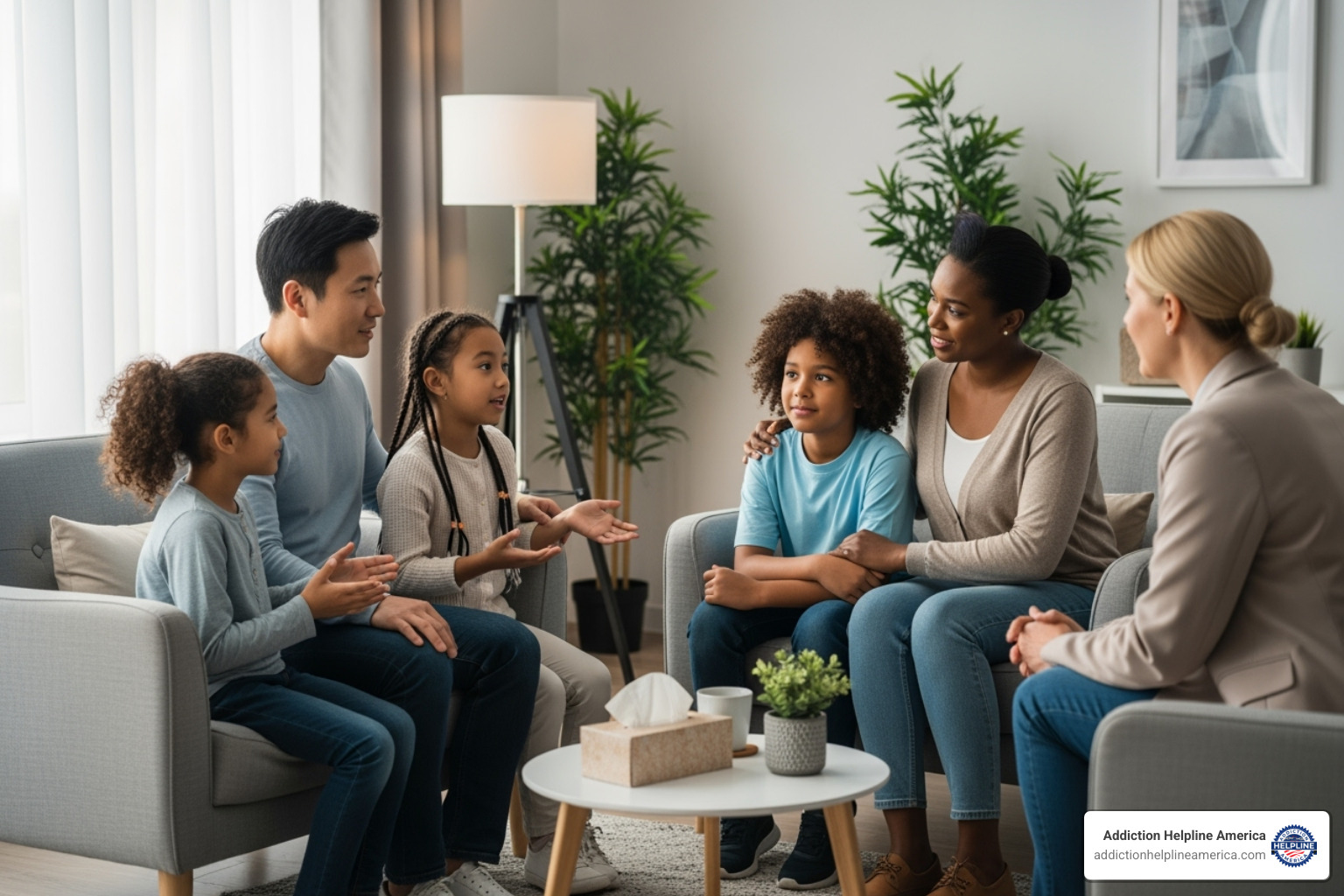
This approach is based on systems theory: the idea that each member’s actions influence everyone else, creating patterns that can either support recovery or maintain the addiction. Therapy helps identify these patterns and reframe the problem from “What’s wrong with them?” to “How can we heal together?” The focus shifts to strengthening relationships and setting healthy boundaries—knowing where your responsibility ends and another’s begins.
Core Components of Effective Addiction Family Therapy
Effective therapy is custom to each family but includes several core components:
- Family Engagement: Creating a safe, judgment-free space where everyone feels comfortable participating.
- Relational Reframing: Shifting the perspective from individual blame to a shared family challenge.
- Family Behavior Change: Identifying and replacing unhealthy interaction patterns with new behaviors that support recovery.
- Family Restructuring: Redefining unhealthy roles and establishing clearer boundaries and hierarchies within the family.
- Psychoeducation: Teaching the family that addiction is a brain disease, not a moral failing, which replaces judgment with compassion.
A first session typically involves building rapport, assessing family dynamics, and setting collaborative goals.
The Role of Communication in Addiction Family Therapy
In families affected by addiction, communication often breaks down. Therapy focuses on rebuilding this crucial skill by teaching:
- Active Listening: Truly hearing and understanding what another person is saying without judgment or interruption.
- Constructive Expression: Using “I” statements (e.g., “I feel scared when…”) to express feelings without attacking the other person.
- Conflict Resolution: Learning to handle disagreements respectfully and work toward solutions together, rather than trying to “win” an argument.
Through open dialogue in a safe therapeutic space, families can begin to address past hurts and rebuild the trust that addiction has broken. This is the foundation for genuine connection and lasting recovery.
A Guide to Family Therapy Approaches in Addiction Treatment
There is no single therapy approach that works for every family. At Addiction Helpline America, we help families steer evidence-based models to find the right fit for their unique situation, considering factors like age, communication style, and the severity of the addiction. Matching the right approach to your family’s needs significantly increases the chances of lasting recovery.
| Therapy Model | Primary Goal | Target Participants | Typical Duration (Approx.) |
|---|---|---|---|
| Multidimensional Family Therapy (MDFT) | Reduce adolescent substance use and improve family functioning. | Adolescents with SUD and their families. | 4-6 months (12-24 sessions) |
| Behavioral Couples Therapy (BCT) | Reduce substance use, improve relationship functioning, and reduce relapse. | Couples where one partner has SUD. | 3-6 months (12-15 sessions) |
| Community Reinforcement and Family Training (CRAFT) | Help concerned significant others (CSOs) engage their loved one in treatment. | Concerned family members or partners. | 6-7 months (12-24 sessions) |
| Brief Strategic Family Therapy (BSFT) | Change patterns of family interaction that maintain problem behaviors. | Adolescents with conduct problems or SUD and their families. | 3-6 months (8-24 sessions) |
| Functional Family Therapy (FFT) | Improve family communication, problem-solving, and parenting skills. | Adolescents with behavioral problems or SUD and their families. | 3-6 months (8-12 sessions) |
| Solution-Focused Brief Therapy (SFBT) | Identify and build on existing strengths to create solutions. | Individuals, couples, or families. | Brief (3-5 sessions) |
Models Focused on Adolescents and Young Adults
Several models are particularly effective for young people:
- Multidimensional Family Therapy (MDFT): A comprehensive approach that works with the teen, family, and community (schools, etc.) to build a full support network.
- Brief Strategic Family Therapy (BSFT): A directive approach that quickly identifies and changes specific family interaction patterns that enable problem behaviors.
- Functional Family Therapy (FFT): Focuses on improving communication, problem-solving, and parenting skills to create a more respectful and supportive family dynamic.
Models for Couples and Adult Family Systems
When an adult is struggling, different models can help:
- Behavioral Couples Therapy (BCT): Treats the couple together, focusing on improving communication and shared recovery goals to heal both the relationship and the addiction.
- Community Reinforcement and Family Training (CRAFT): Empowers family members to effectively encourage a resistant loved one into treatment while protecting their own well-being.
- Solution-Focused Brief Therapy (SFBT): A forward-looking approach that identifies and builds on a family’s existing strengths to create solutions, rather than dwelling on past problems.
For more comprehensive information on these approaches, the National Library of Medicine offers detailed guides on various therapeutic interventions.
Benefits, Barriers, and Best Practices for Families
Committing to addiction family therapy is an investment in everyone’s future. The positive changes ripple through the entire family system.

Key benefits include:
- Improved family functioning: Communication becomes healthier, boundaries get clearer, and conflicts are resolved constructively.
- Reduced relapse rates: A supportive home environment makes it easier for a loved one to maintain sobriety.
- Increased treatment adherence: People are more likely to complete a recovery program with family support.
- Better emotional health for all: Therapy provides a space for everyone—parents, siblings, and partners—to heal from the stress and anxiety of addiction.
- Breaking intergenerational cycles: By addressing root causes, you help prevent substance use issues from repeating in future generations.
When Family Therapy May Not Be the Right Fit
While powerful, family therapy isn’t always the right first step. Safety is the priority. Therapy may need to be postponed or re-evaluated in cases of:
- Active domestic violence.
- Unmanaged severe mental illness in a family member.
- A family member’s own active, untreated addiction.
- Immediate safety concerns where individual stabilization is the priority.
These barriers are not permanent. They simply indicate that other interventions may be needed first. Our team can help determine the right sequence of care.
Practical Considerations and How to Prepare
Starting therapy is a big step, but preparation can ease the process.
- Find a qualified therapist: Look for a professional specializing in both addiction and family systems, such as a Licensed Marriage and Family Therapist (LMFT). Addiction Helpline America can connect you with these specialists.
- Cost and insurance: Many insurance plans now cover family therapy for addiction. Ask providers about fees, sliding scales, and what your plan covers.
- Logistics: Therapists often offer flexible scheduling, including evening, weekend, and virtual therapy options, which can make participation easier for everyone.
- Cultural sensitivity: A good therapist will respect your family’s unique background and values. Don’t hesitate to ask about their experience with diverse families.
- Manage expectations: Healing takes time and effort. Progress isn’t always linear. The most important preparation is a willingness to be open and honest, as that is where healing begins.
Frequently Asked Questions about Family Therapy for Addiction
Stepping into addiction family therapy can bring up many questions. At Addiction Helpline America, we hear these concerns daily. Here are answers to some of the most common ones.
What if a family member refuses to participate?
This is a common worry. Even if only some family members attend, therapy can still be incredibly beneficial. You can learn to change your own responses, set healthy boundaries, and improve the home environment. Models like CRAFT are specifically designed to help you engage a resistant loved one. Often, as the family dynamic begins to shift, the reluctant member may eventually decide to join.
How long does family therapy typically last?
The duration varies based on your family’s needs and the therapy model used. Brief approaches may last only 3-5 sessions, while more structured models like MDFT or BCT often span 12-24 sessions over 3-6 months. For complex issues, therapy can be part of a longer-term aftercare plan. The goal is to find a pace that works for your family’s healing journey.
How can we support our loved one outside of therapy sessions?
Support between sessions is crucial for recovery. Here are key ways to help:
- Be patient and celebrate small victories. Recovery is a process with ups and downs. Acknowledging effort is important.
- Practice the skills you learn in therapy. Use active listening and “I” statements in your daily interactions.
- Avoid enabling. Allow your loved one to experience the natural consequences of their actions. This is a form of loving support, not punishment.
- Prioritize your own self-care. You cannot support others effectively if you are exhausted. Attending support groups like Al-Anon for families affected by alcohol use or Nar-Anon for those affected by drug addiction can provide invaluable peer support. Your well-being is essential for the whole family’s recovery.
Conclusion: Building a Stronger Future, Together
If you’ve read this guide, you’ve already taken a courageous step toward healing. We’ve seen how addiction ripples through families, but at Addiction Helpline America, we’ve also witnessed that healing together is profoundly powerful.
Addiction family therapy is about more than just stopping substance use; it’s about rebuilding your family. It teaches you to communicate without blame, set boundaries with love, and support recovery without enabling. It helps you replace old, painful roles with healthier ways of relating to one another.
Research shows that when families work together, relapse rates drop and hope returns. You’re not just helping one person—you’re breaking a cycle and building a stronger foundation for future generations.
The journey requires commitment, but you don’t have to figure it out alone. Addiction Helpline America provides free, confidential guidance to connect you with the right support. We’ve helped thousands of families find their path to recovery.
Ready to find help for your family? Learn how to get addiction help today. Your family’s stronger future starts with a single step.
Our helpline is 100%
free & confidential
If you or someone you care about is struggling with drug or alcohol addiction, we can help you explore your recovery options. Don’t face this challenge alone—seek support from us.
Programs
Resources
Will my insurance
cover addiction
treatment?
We're ready to help
Find the best
drug or alcohol treatment
center
Are you or a loved one struggling with addiction? Call today to speak to a treatment expert.


